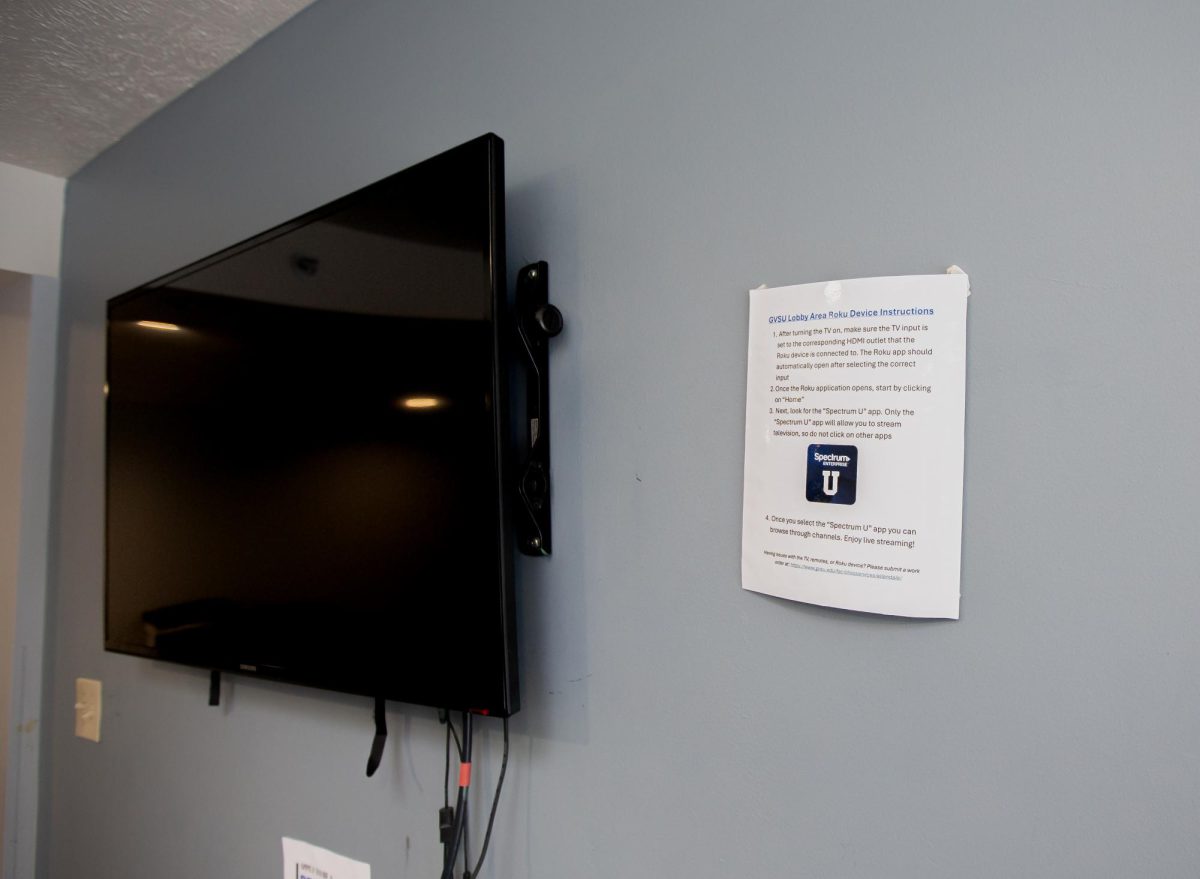The missed opportunity of Google
Sep 14, 2020
Another day, another Google product discontinued; this time, it’s the Google Pixel.
Despite being one of the biggest tech companies, Google has a short attention span and commitment to its products. Google had the power to be at the forefront of communication during the pandemic, but with its current stack of 6 applications, the company is hamstrung.
Flashback back to 2013, you are Google, and Android is really taking off. Apple has its iMessage platform, so you’d like to make your own that works across all your products. Thus Hangouts was conceived. It would take your text messages and sync them with your devices. Video conferencing was built-in, you could make phone calls and it could be all done as a sidebar within Gmail for all your communication needs.
So, what did Google do to capitalize on this? Neglect and fragment its vision of Hangouts. Over the course of the next 7 years, features that worked cross-platform with mobile and desktop were split off into separate apps such as Google Duo for video calls, Google Messages for text messages, the short-lived Google Allo as an alternative to Hangouts, all alongside ham-fisted attempts to insert messaging into YouTube and Google Photos.
The story of Google’s attempts at messaging apps seems ironic during the pandemic. As they had no single app for video conferencing or communication, competitors such as Zoom ballooned up as the go-to video conference platform. Google responded by making its enterprise-only version of Hangouts– Meet– free to the public, but the damage was already done. Zoom became synonymous with video calls and Google was left behind trying to re-integrate Meet back into Gmail — all while the original Hangouts is slowly stripped down and forgotten.
Of the rare few times I’ve managed to get people to use Meet, it’s quite compelling with Google using its speech transcription technology to generate real-time captions during a call. For educational use, I would imagine it would be fantastic as you could follow along with the captions if you missed something and it even handles multi-person captioning with ease.
Google had all the pieces it needed to dominate the work-from-home niche. Instead, Zoom, which had only started offering stock in 2019, took center stage and became synonymous with video calling. Not Google with its deep ties with education and business, but Zoom, all because Google could not create a compelling service and stand by it.


























